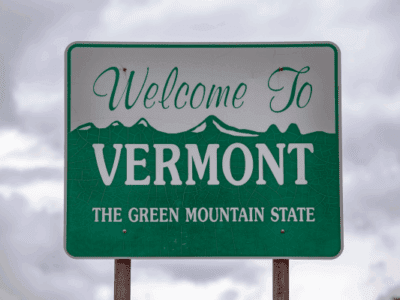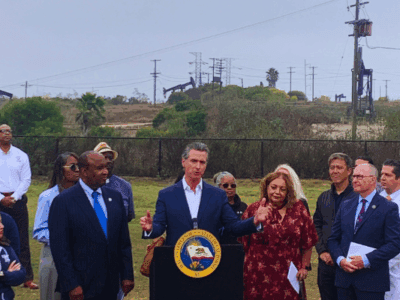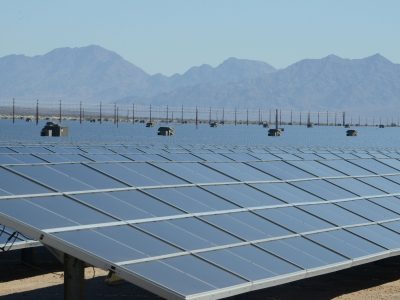“Facing Catastrophe”: A Roadmap to a Safer Future
Rob Verchick’s new book, “Facing Catastrophe: Environmental Action for a Post-Katrina World,” might help avoid future disasters like the Deepsea Horizon blowout.
Verchick views wetlands, lakes, forests, and rivers as a kind of infrastructure, providing ecosystem services that are just as important as the services provided by other infrastructure such as roads and dams. For instance, Gulf Coast wetlands provide a buffer against storm surges (protecting not only people but key oil facilities), and nurtures vast numbers of birds and sea life (including a fifth of all U.S. seafood. He makes a compelling case that we need to do more to preserve this crucial infrastructure.
Too often, Verchick says, we rely on cost-benefit analysis (CBA) to guide our decisions about preservation. Like many critics of CBA, he argues that it shortchanges important values such as preservation of human life and natural wonders; undercounts the interests of future generations; and assumes a degree of knowledge about risks that is often out of reach. He also points out that “most of the flaws that exist in the cost-benefit approach regarding monetization, discounting, and uncertainty are grossly amplified in cases of low-probability, high-magnitude events.” Think Katrina. Think Deepwater Horizon.
Instead of CBA, Verchick contends we should stress three principles. First, we should minimize exposure to hazards by preserving natural buffers and integrating those buffers into artificial systems like levees or seawalls. Second, we need to pay close attention to issues of environmental justice. Third, we need to cultivate a precautionary attitude toward disaster risks. In particular, we should make much more use of scenario analysis, considering a range of possible futures, rather than trying to guesstimate the odds of any one outcome.
In my view, his point about scenario analysis is especially powerful. RAND pioneered a method called “future-now thinking,” which has given rise to impressive scenario exercises by global companies like G.E. and Shell, as well as sophisticated governmental efforts like Finland’s FISKEN project. Even the Army Corps of Engineers is getting into the act, using scenarios to help plan the post-Katrina flood control system.
As Verchick points out, scenario planning can help planners “break out of established assumptions and patterns of thinking.” This is particularly important because experts believe “failures in crisis management can usually be attributed to a lack of imaginative vision or denial of that vision.”
No set of precepts and processes – be they the precautionary principle and scenario planning, or environmental justice and awareness of ecosystem services – can provide a surefire guarantee against another disaster like Deepwater Horizon. But at the very least, following Verchick’s approach would have led government officials and business managers to ask the right questions.
Forcing decision makers to ask the right questions and pay attention to the answers may require new legal mandates. Verchick argues that government must assume a stronger regulatory role in managing natural infrastructure, distributional fairness, and public risk. He proposes changes to the federal statutes governing environmental impact assessments, wetlands development, air emissions, and flood control, among other legal reforms.
Verchick is currently doing a stint in D.C. as Deputy Associate Administrator of the Office of Policy, Economics, and Innovation at EPA. He is on leave from Loyola University New Orleans, where he teaches environmental law. Hopefully, he’ll have a chance to influence policy in the right direction while he’s in D.C.
Cross-posted at CPRblog.







Reader Comments